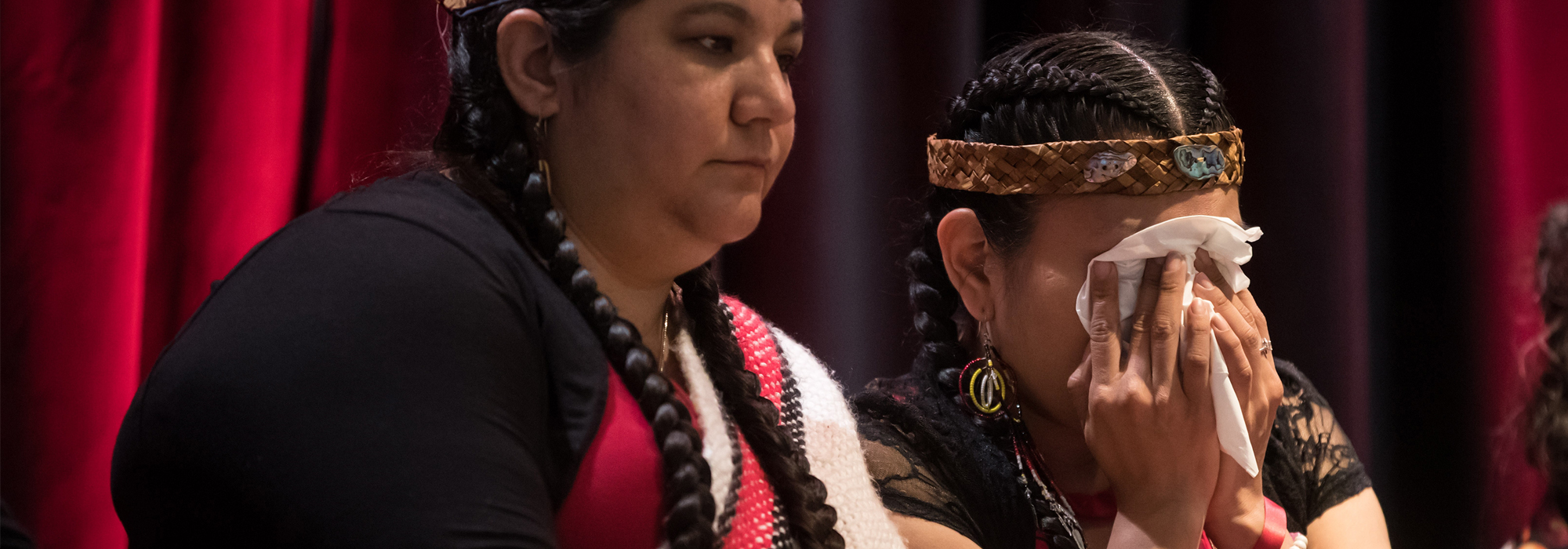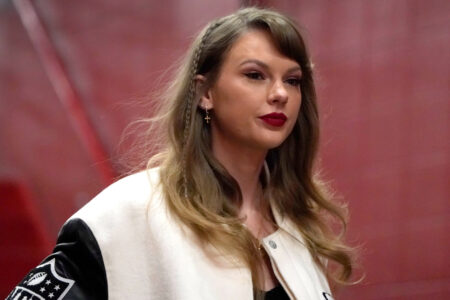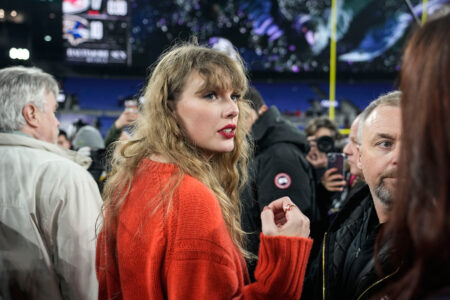
“It is time to call it as it is: Canada’s past and current colonial policies, actions and inactions towards Indigenous Peoples is genocide.” That is the underlying conclusion reached by the National Inquiry into Missing and Murdered Indigenous Women and Girls as it released its final report on June 3. It is difficult to draw a different conclusion when one considers “the sum of the social practices, assumptions, and actions” of settler colonialism, as the inquiry rightly points out in its analysis. When colonial policies and practices are considered together, the slow and agonizing death of Indigenous nations and peoples is brought into sharp relief.
But this has not been the view shared by the larger Canadian society.
American philosopher Judith Butler has referred to an “ungrievable” life, “one that cannot be mourned because it has never lived, that is, it has never counted as a life at all.” The genocide of Indigenous peoples in Canada has gone unnoticed precisely because of prevailing apathy towards the lived experience of Indigenous women, girls, and 2SLGBTQQIA people.
In fact, the Canadian genocide of Indigenous peoples has progressed precisely because it has been constructed to thrive unnoticed: not as a great spectacle of mass killing, but rather as imperceptible parts working independently towards the same goal. As Marion Buller, chief commissioner of the national inquiry, remarked, “the type of genocide we have in Canada is death by a million paper cuts for generations.” And the invisibility has been further entrenched by the design of Canadian policies and practices, which have specifically targeted the most marginal, the exploitable, the disposable – in other words, Indigenous women, girls, and 2SLGBTQQIA [two-spirit, lesbian, gay, bisexual, transgender, queer, questioning, intersex and asexual] people.
“Being an Indigenous woman means living under a society and ‘civilization’ that benefits from your voicelessness, invisibility, disappearance, non-existence, and erasure,” Rebecca Moore, an I’nu woman and member of the National Family Advisory Circle to the Inquiry, says in the final report.
Longstanding colonial policies, which still persist today, single-out Indigenous women for discrimination and have served to normalize the violence visited upon them. The University of Winnipeg’s Lakota educator and advocate Leah Gazan told the national inquiry, “This violence has been affirmed through the Indian Act,” the 19th century piece of legislation that still governs First Nations communities – and does not treat the status of Indigenous men and women equally.
As the national inquiry noted elsewhere in its final report, “The Indian Act creates marginalization, alienation, displacement, and isolation of Indigenous Peoples. This is because the Indian Act is an ongoing tool of oppression and genocide that clearly aims to eliminate Indigenous Peoples … Its continued existence perpetuates racial and gendered violence.”
How the MMIWG crisis has been framed
Public grieving is a political issue – not just how we grieve, but also for whom. Butler explains that the accepted norms around public grieving are influenced by what we see in the media and also through political discourse. These frames established around situations regulate our moral, sensory and emotional responses by “differentiating the cries we can hear from those we cannot, the sights we can see from those we cannot, and likewise at the level of touch and even smell … deadening affect in response to certain images and sounds, and enlivening affective responses to others.”
For example, in December 2014, then-prime minister Stephen Harper was asked by CBC’s Peter Mansbridge about the prospects for initiating a formal inquest or inquiry into MMIWG. Harper replied, “it isn’t really high on our radar, to be honest, Peter.” There are many ways to interpret his words, but what is undeniable is the political framing of the issue as irrelevant, ungrievable.
The media has also played an important role in framing the deaths of Indigenous women and girls as ungrievable. Almost immediately after the release of the national inquiry’s final report, well-known Canadian public figures and journalists downplayed or questioned the finding of genocide. Former Liberal minister of justice Irwin Cotler expressed his unease with the use of the word: “I think we have to guard against using that term in too many ways because then it will cease to have the singular importance and horror that it warrants.” For Indigenous people, there is no other word to describe the unthinkable horror of hundreds of years of colonial violence that continues to this day.
The impact of the media’s framing of the issue was not lost on the national inquiry as it observed that “the violence against Indigenous women, girls, and 2SLGBTQQIA people is ‘justified’ because the media framing signals to the Canadian public that violence against them is not important. The silencing of violence against Indigenous women and girls is made worse in comparison with the media’s compassionate framing of white women.”
Canadian apathy
Frames, as Butler notes, shape our perception and moral response by producing “iconic versions of populations who are eminently grievable, and others whose loss is no loss, and who remain ungrievable.” This differential distribution of grievability, Butler tells us, has implications for why and when we feel compassion and concern for one population, but detachment and indifference for another. In the Canadian context, the framing of Indigenous people as ungrievable is reflected in general attitudes of the non-Indigenous population.
The apathy and sometimes hostility that underlies the ungrievablity for Indigenous people is generally borne out in findings from the 2015 Canadian Election Study (CES) survey, which is nationally representative. It poses several questions that investigate the effect of Canadians towards Indigenous issues, amongst others.
As figure 1 illustrates, when non-Indigenous Canadians were asked about political and electoral issues that they “really care about,” Aboriginal issues garnered the support of approximately 17 percent of non-Indigenous Canadians.
But the general disposition of non-Indigenous Canadians towards Indigenous people is particularly revealing. In the 2015 CES, respondents were asked: “How do you feel about Aboriginal peoples? Use any number from 0 to 100. Zero means you really dislike [Aboriginal peoples], and 100 means you really like [Aboriginal peoples].” Almost a third of Canadians indicated that they dislike or are indifferent to Indigenous people, with 18 percent and 12 percent respectively (figure 2). And, although the remaining 70 percent of non-Indigenous respondents indicated that they like Indigenous people — offering a score in the range of 51 to 100 — the overall average value on the entire scale is a mere 67.
Sadly, these results are not surprising to Indigenous peoples. We are well-aware of the dehumanizing representations produced by the media and colonial institutions that both frame and reinforce settler apathy and hostility towards our not only our existence but also our suffering. The national inquiry observed as much, noting that “Media portrayal has resulted in the dehumanization of Indigenous Peoples.” If there is any doubt to this assertion, Carmen Robertson and Mark Cronlund’s book, Seeing Red: A History of Natives in Canadian Newspapers, vividly details how Canada’s media continues to construct Indigenous peoples as inferior to other Canadians.
We should understand the media as a colonial institution. It is not merely a neutral channel for funneling information to the people. It is deeply implicated in colonialism by framing popular perceptions of Indigenous peoples as less deserving in life and ungrievable in death and violence. This is especially true in how the media treats Indigenous women, girls and 2SLGBTQQIA people, amplifying the precariousness of their lives, and desensitizing a public to the horrors of Indigenous genocide.
Do you have something to say about the article you just read? Be part of the Policy Options discussion, and send in your own submission. Here is a link on how to do it. | Souhaitez-vous réagir à cet article ? Joignez-vous aux débats d’Options politiques et soumettez-nous votre texte en suivant ces directives.








